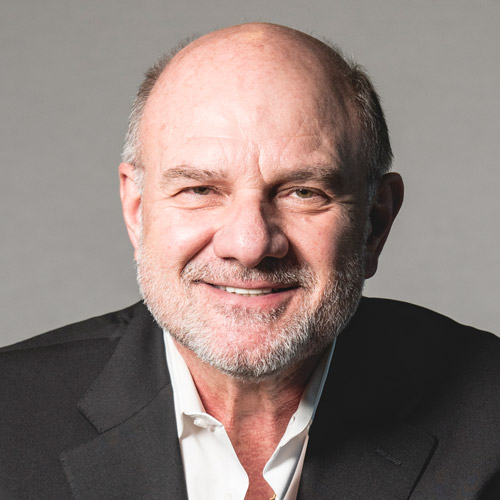The work on a multibillion-dollar integrated resort is never really done, but the planning alone for the projected 21 million-square-foot, 3,000-room Resorts World Las Vegas—the first such resort to hit the Las Vegas Strip in 10 years—has taken that work to another level.
The Malaysia-based Genting Group bought the property in 2013 and had originally planned to open the hotel and casino in 2016. The projected opening has now been rescheduled for 2020.
Those kinds of delays and the multitude of plan changes that have taken place in the past five years would likely doom most projects and cause many project managers an unending set of headaches. For Paul Gunderson, vice president of design and engineering at Resorts World Las Vegas, it’s simply a matter of keeping the size and scope of such a project in perspective.
“All we are, really, is change managers,” he says. “Integrated resort projects have so many diverse players and interests that you’re always working through change of some sort. These buildings are so big you can never completely finish them before you start building them. Good operators will always find additional opportunities to bring more revenue out of it, and there’s just the change in the nature of building.”
At the time of writing, the Genting Group was working with third-party partners on even more new ideas for the project, but Gunderson says the company’s makeup allows it to take more time to make sure it achieves the vision it truly seeks. Although the company has been around for more than a half-century and has shipbuilding, energy, palm oils, cruises, and resorts throughout the world in its portfolio, its footprint in the United States remains small. Resorts World Las Vegas is the platform by which the company can make itself known stateside, and Gunderson says the company is keenly aware of that.
The New Focus Group
While Las Vegas was long associated with the timeless cool of Frank Sinatra and the Rat Pack, even the Las Vegas of the updated Ocean’s Eleven might already look a little dated.
Paul Gunderson, vice president of design and engineering at Resorts World Las Vegas, says designers, project managers and building owners throughout the city aren’t looking at old money or even the middle-aged George Clooney wannabes as the clients they have to woo to their spaces. Just as in the design and construction of office buildings throughout the country trying to attract talent, Las Vegas operators are battling to secure a millennial audience.
“The makeup of our country is changing in the age demographics we’re getting,” he says. “Millennials are really the focus. Everybody right now is trying to figure out what’s the next thing that captures the interest of millennials. How do we create a resort that caters to that group while not losing what appeals to everyone? Everybody in town is trying to figure it out.”
“Genting is a family business started by our chairman’s father,” he explains. “They’re willing to take a little bit more time. They’re not in a rush to get the job open because the most important thing is getting the opening right, fine-tuning the design to get all the right components in there.”
Besides just stocking up the various components that can make an integrated resort successful, it’s also making sure those components work together in harmony. Gunderson’s background includes time designing sports arenas in addition to Las Vegas resorts.
“Sports facilities are highly complex,” he says. “You have to bring together 3–4 unique experiences in how people move through the building, and you have to find a way not only to make them work together well, but not conflict with each other. There are specific experiences and entryways for fans, players, VIPs, and operations. With integrated resorts, you multiply that by three because you also have the retail component, a gaming component, and a hotel component, which has its own meeting and conventions components.”
Pushing that challenge further is the fact that Gunderson isn’t working with a team of designers fleshing out their ideas on a blank canvas. Resorts World Las Vegas will stand on the site of the former Stardust Hotel and Casino, and instead of simply knocking that down and starting over, the Genting team opted to put the bones of the Stardust to use in its project. That means incorporating existing concrete and steel—even an existing theatre space—into an all-new envelope.
“One of the appeals of working in Las Vegas is not just that it’s a highly competitive market, but one where the properties are always evolving,” he says. “They’re continually upping their game, trying to stay relevant, and keep their share. You never sit still. Even when you think you’re done, you’re already looking at some renovation to keep the place modern.”
So while there’s always something to keep you busy, and designs could be taken completely off the table in just a few months’ time, Gunderson says the key is to not get bogged down by the evolution or stressed out by the time changes. What happens in Vegas stays in Vegas—and is subject to rewriting time and again.
“I love working with talented operators and designers and being able to serve as that bridge between making ideas reality,” he says. “And I love it here. It raises your game.”
DeSimone Consulting Engineers is pleased to have contributed to Resorts World Las Vegas, the first new casino resort on the Las Vegas Strip in over decade. As a worldwide structural design firm with 10 offices around the globe, DeSimone has designed over 10,000 projects in 44 states and 46 countries.


